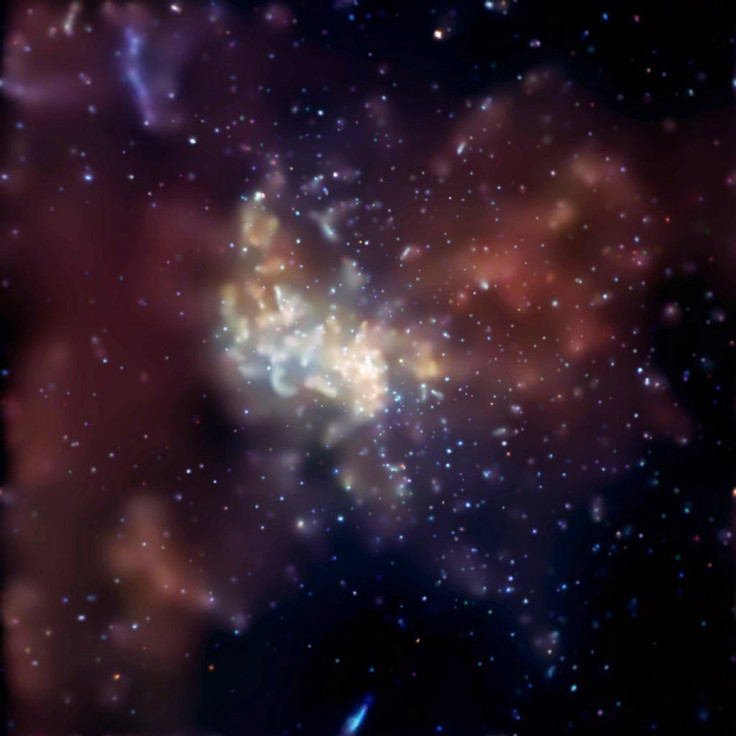Supermassive Black Holes Are Trillions Of Times Bigger Than Earth

Lurking at the center of the Milky Way galaxy is the supermassive black hole Sagittarius A*, a monstrous clump of matter so dense that the pull of its gravity overpowers anything that comes near it, including light itself. But it’s hard to grasp just how big a supermassive black hole is because there is nothing much out there to match it. Here are some things that might put it into perspective.
Follow the sun
NASA measures Sagittarius A* as being roughly 4 million solar masses — meaning it is 4 million times heavier than our sun. The sun is already big, about 2 million trillion trillion kilograms. If you were to put that in more concise wording, it is about 2 decillion kilograms. So take those 2 decillion kilograms and multiply them by 4 million, and you will get the mass of Sagittarius A*.
Down to Earth
To put our planet into similar mass terms as we did for the sun, Earth packs almost 6 trillion trillion kilograms into its nice little sphere. You could alternatively say that as 6 septillion kilograms.
If you were to multiply the Earth, it would take more than 333,000 of them to balance a scale that had the sun on the other side. That means you would need more than one trillion Earths if Sagittarius A* was the object on the scale’s other hand.
Planeteers
Based on NASA’s estimates for the masses of all the planets in the solar system, together Mercury, Venus, Earth, Mars, Jupiter, Saturn, Uranus, Neptune and Pluto — yes, we did just call Pluto a planet instead of a dwarf planet, and we don’t regret it — are about 2,700 trillion trillion kilograms. So how many sets of these nine bodies would it take to equal the mass of the supermassive black hole at the center of the Milky Way? Well, about 750 sets would make the sun’s mass, so multiply that by 4 million and you get almost 3 billion sets of our solar system’s planets (fine, eight planets plus one dwarf planet) that it would take to balance a scale with Sagittarius A* on the other side.
We’ve only just begun
For some perspective, Sagittarius A* is on the small side. Scientists have recently discovered, for example, a supermassive black hole that is 800 million times the mass of the sun. That means it is almost 200 times larger than the black hole at the center of our Milky Way galaxy.
That newly found supermassive black hole is also the most distant one scientists have ever found, as it lies about 13 billion light-years away. This means we are viewing the object as it was shortly after the Big Bang and the birth of our universe as we know it.
© Copyright IBTimes 2025. All rights reserved.




















